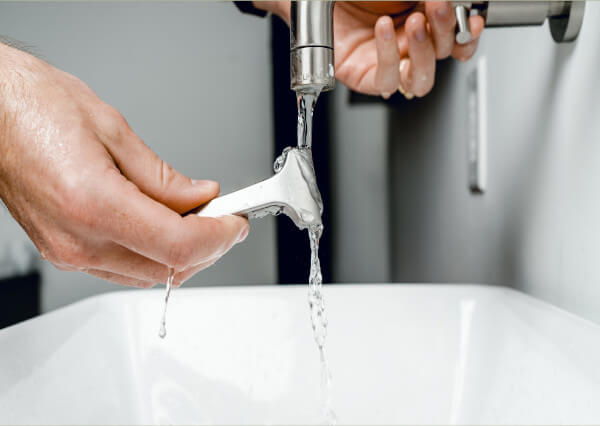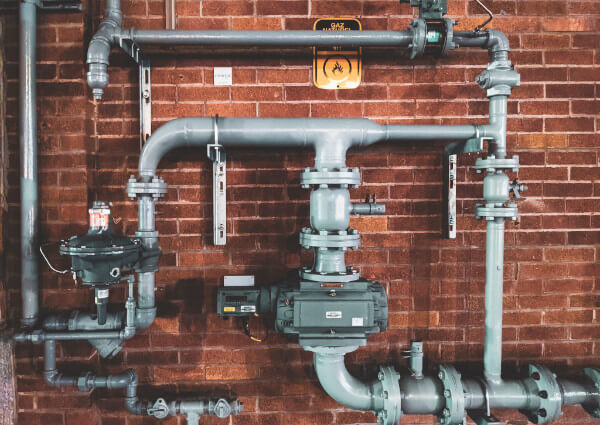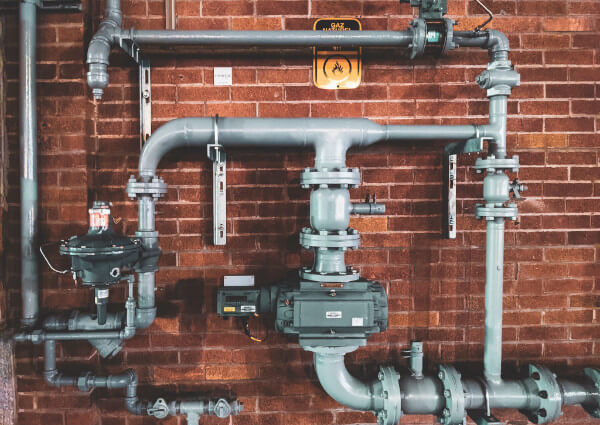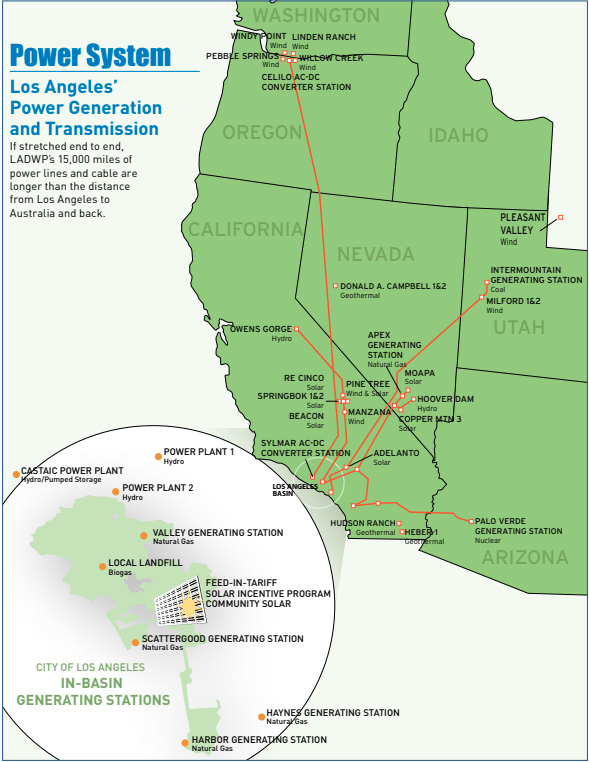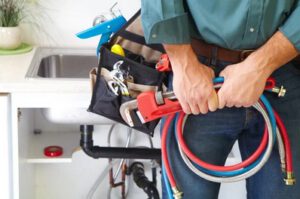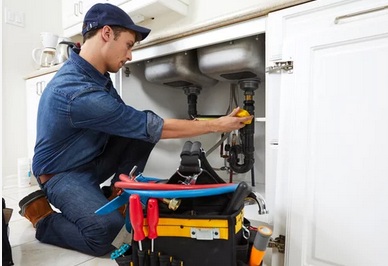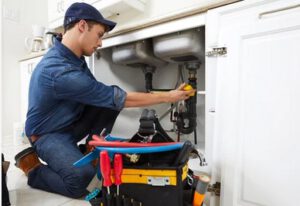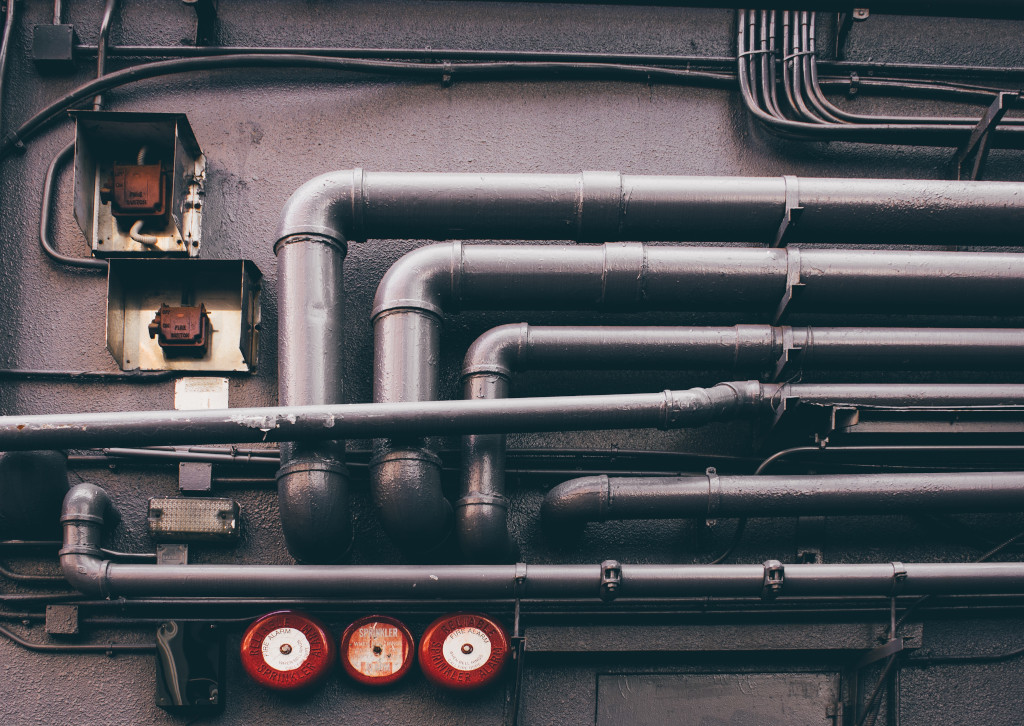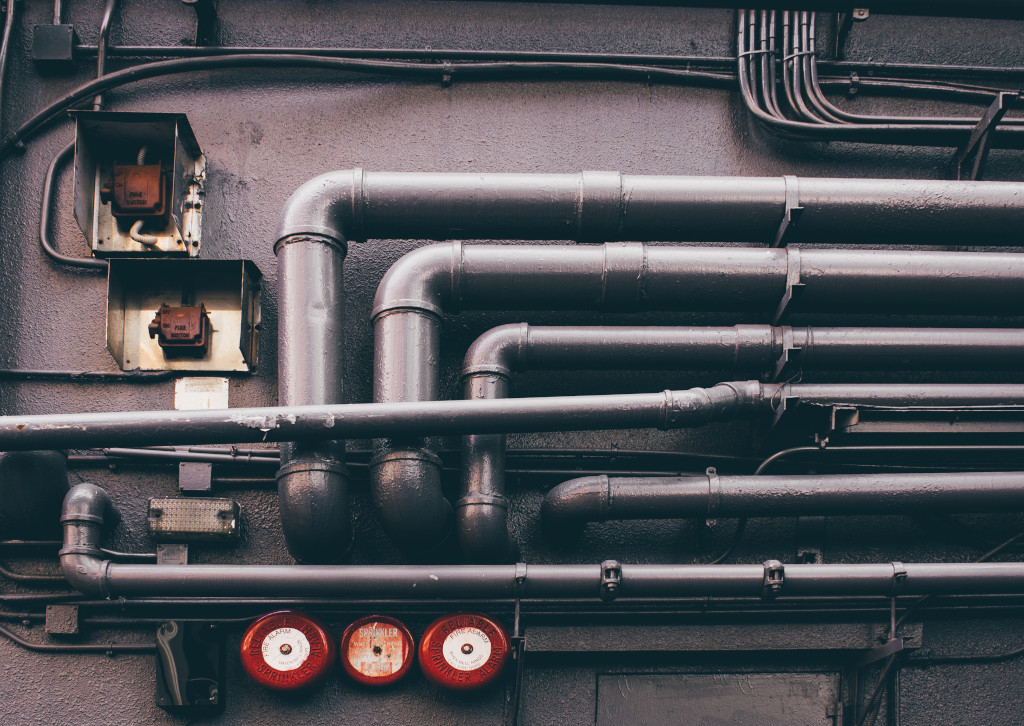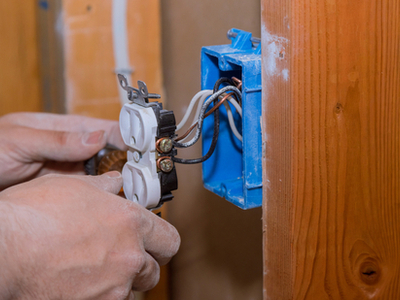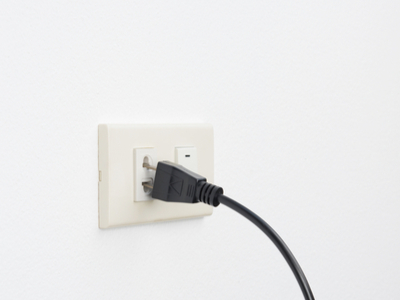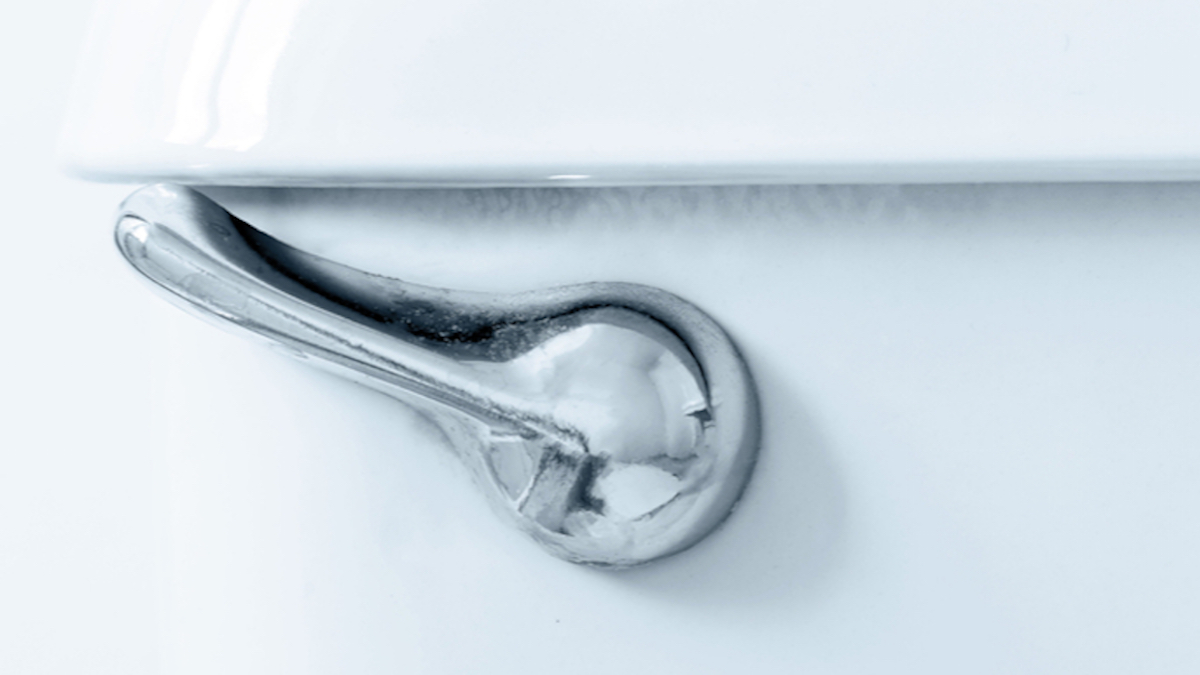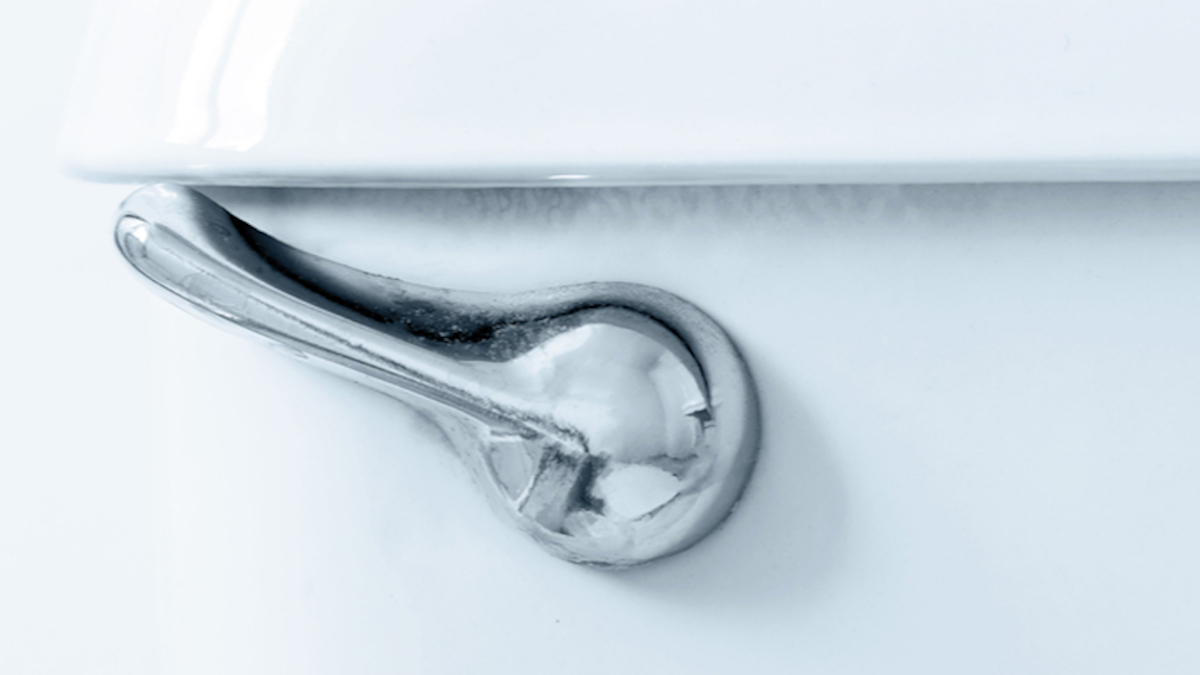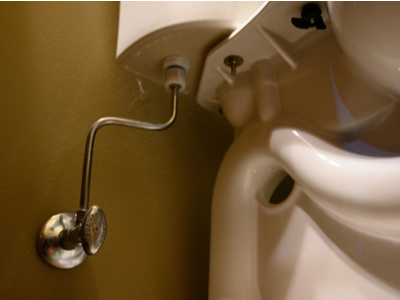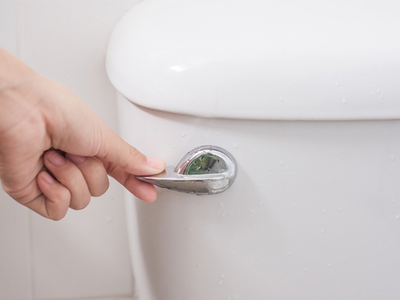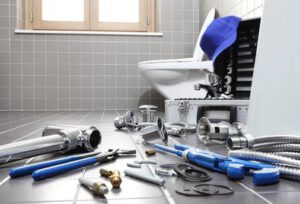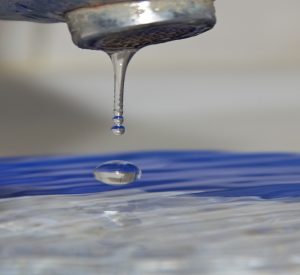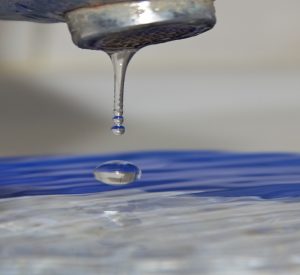>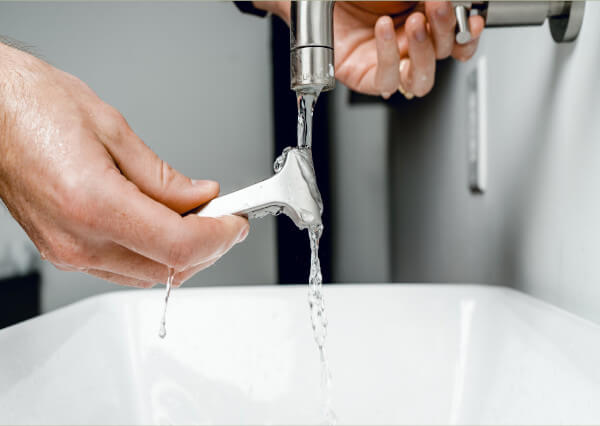
Traditional water heaters look like large metal cylinders and are usually located in your basement or closet. While tankless water heaters are becoming more popular, this blog will focus on the workings of the more common traditional tank water heater.
Your water heater performs an important task that you probably don’t often think about. It supplies warm or hot water to all parts of your home for hand washing, showers, dishes and more. How is it that you have hot water at the turn of a knob? We’ll cover the water heater parts that make it happen and what to do if your hot water heater is not working the way it should.
Water Heater Anatomy
The two most common types of water heaters in US homes are the traditional electric and gas models. These two varieties have many of the same elements with the primary difference being their power sources. Their major components include:
Water tank. This stores the hot water until it’s needed at a faucet or appliance. Tanks come in different sizes depending on the amount of hot water needed. Most tanks are lined with a thin layer of glass. Transport your new water tank carefully to avoid cracking or breaking it.
Dip tube. This is the cold-water pipe that supplies new water to the water heater. As hot water exits the heater at the top, the dip tube replenishes the water supply at the bottom.
Hot water outlet. This is where hot water leaves the tank to travel through your home’s plumbing.
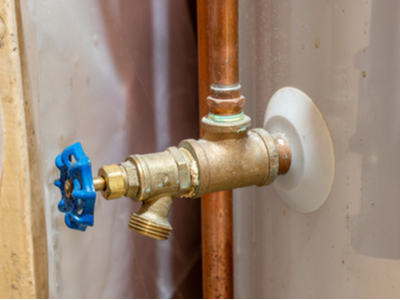
Thermostat. Like the thermostat for your home, your water heater’s thermostat regulates the temperature of the water. When the thermostat senses cold water at the bottom of the tank, it activates the burner or heating element to warm the water.
Drain valve. At the bottom of your water heater is a hose connection and valve. Use this to empty your tank once a year to prevent sediment build up inside the tank. Consult a professional if you’re unsure how to drain your water heater.
TPR valve. Water heaters have a temperature pressure relief valve near the top. This valve will open if the tank experiences excessive pressure or heat within. It prevents your water heater from exploding.
Internal anode rod. This rod attaches at the top of your tank. Like a magnet, it attracts the corrosive elements in your water so that they don’t eat away at the tank walls. Depending how corrosive your water is, you may need to replace your anode rod every few years.
Electric vs Gas Water Heater
The way in which your heater heats water depends on whether it is powered by electricity or natural gas. Below we explain the differences.
Electric water heaters
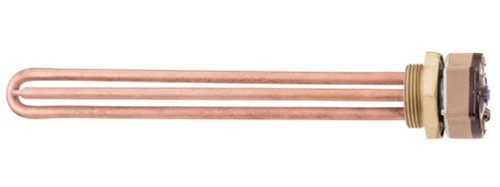
In addition to the parts above, electric water heaters also contain:
Heating element. This is a metal loop inside the tank. It’s powered by an electric resister and controlled by the thermostat. When electricity travels through it, it becomes hot and heats the water.
Electric water heaters have a thermostat mounted flush with the outside of an internal tank. This thermostat constantly senses the internal temperature of the tank. If it senses the temperature getting too low, it activates the heating element inside the tank. The tank’s internal heating element heats up the water stored in the tank. The heating works the same way an electric range heats up a pot of water. Once the water reaches the set temperature, the thermostat cuts off power to the heating element.
Gas water heaters
Additional parts that make up a gas water heater include:
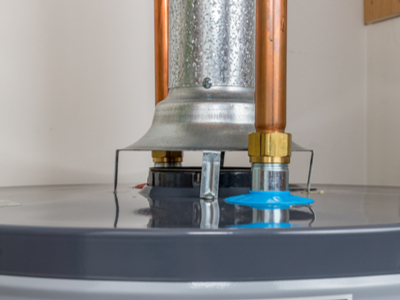
Burner. The burner sits at the bottom of a gas heater. When the water inside the tank needs to be heated, a flame ignites from a pilot light. It’s essentially like heating a water kettle on a gas stove.
Vent Flue. This is a hollow “chimney” through the center of the tank. It vents the exhaust from the burner to the outside.
Thermocouple. This is a small rod beneath the burner. It senses if the pilot light is on and sends a signal to the burner to activate. If the pilot light goes out, the water heater thermocouple prevents the gas valve from opening and leaking gas into your home.
Gas water heaters have a thermostat just like electric ones do. The thermostats in gas water heaters contain a mercury sensor in the tip alongside a thermocouple. The thermocouple monitors the pilot light and the mercury sensor monitors the internal water temperature.
When the temperature inside the tank gets too low, the thermostat sends a signal to the gas control valve. This valve checks in with the thermocouple to make sure the pilot light is on. If it is, the valve opens and allows gas into a burner, igniting a flame. This flame heats the water. Once the water in the tank heats to the preferred temperature, the gas control valve closes again. The exhaust from the burner travels through the flue vent and safely outside.
How to choose the right water heater for your home?
Start by checking out our helpful guide! We’ll cover everything you need to consider when choosing a new water heater. That includes the right type, fuel, efficiency, and tank size to fit your needs.
How do I best maintain my water heater?
Make sure your drain the tank regularly to clear out any sediment build-up. If you don’t, sediment buildup in the tank will make the heater far less efficient.Set the water heater thermostat’s temperature to 120 degrees Fahrenheit or less. If you ever leave home for an extended period of time, consider turning the temperature down before you leave.Always keep an eye out for pooling water around the base of the heater’s tank. Catching small leaks before they become big ones will help save you a lot of money and trouble.
Los Angeles Water Heater Repair and Installation
If your water heater is leaking or you’re interested in upgrading your to a more energy efficient water heater, give the team at Mike Diamond a call. Our experts can help you choose the right make, model, and size for your home. Not only that, but we can install as quickly and efficiently as possible.
The post The Anatomy of Your Home’s Water Heater appeared first on Mike Diamond Services.
Did you miss our previous article…
https://tkoplumbingco.com/?p=271
